The cell cycle is a series of steps that cells must undergo for replication. Cells can divide in response to stimuli such as growth factors and cytokines, or specific antigens. This response must be tightly regulated, since improper cell proliferation can lead to tumor growth or developmental problems. Study cell division with antibodies for detecting cyclins and cyclin-dependent kinases that control cycle progression, bioactive and stable recombinant proteins that stimulate or suppress cell division, and specialized dyes that can track cell proliferation.

 Login/Register
Login/Register 





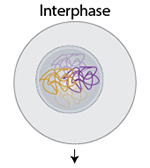
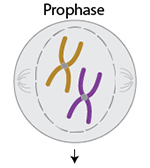


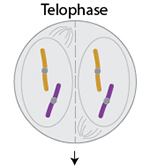
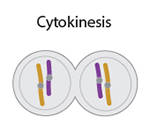
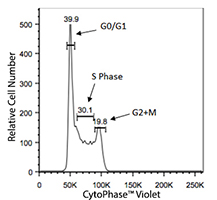
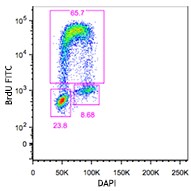
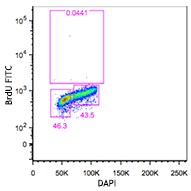
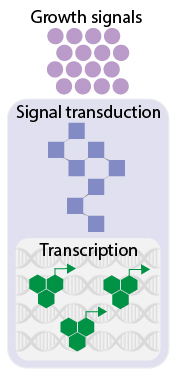 The initiation of cell replication begins with extracellular signals. For human and animal cells, this is usually triggered by growth factors or cytokines/chemokines.
The initiation of cell replication begins with extracellular signals. For human and animal cells, this is usually triggered by growth factors or cytokines/chemokines.


Follow Us